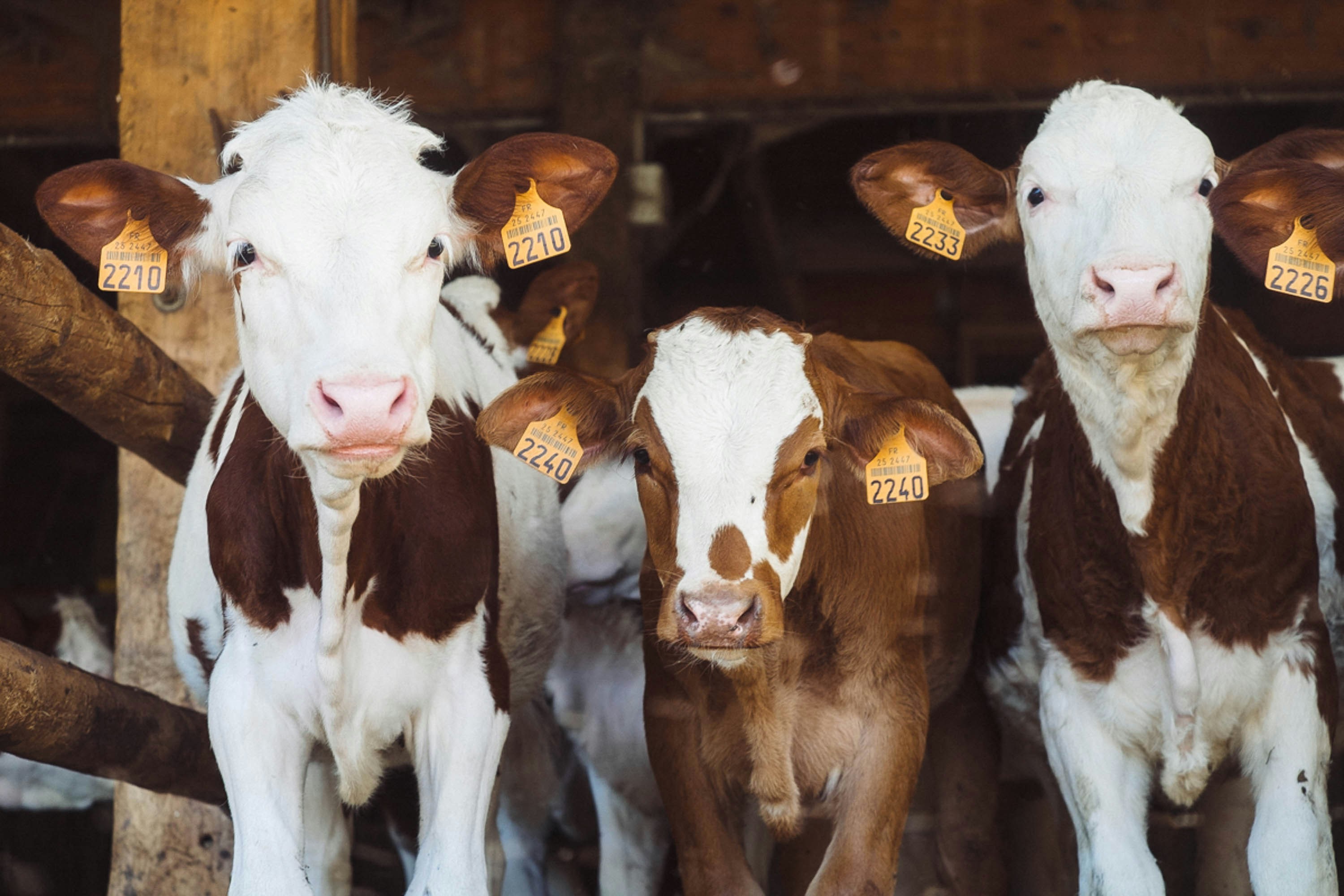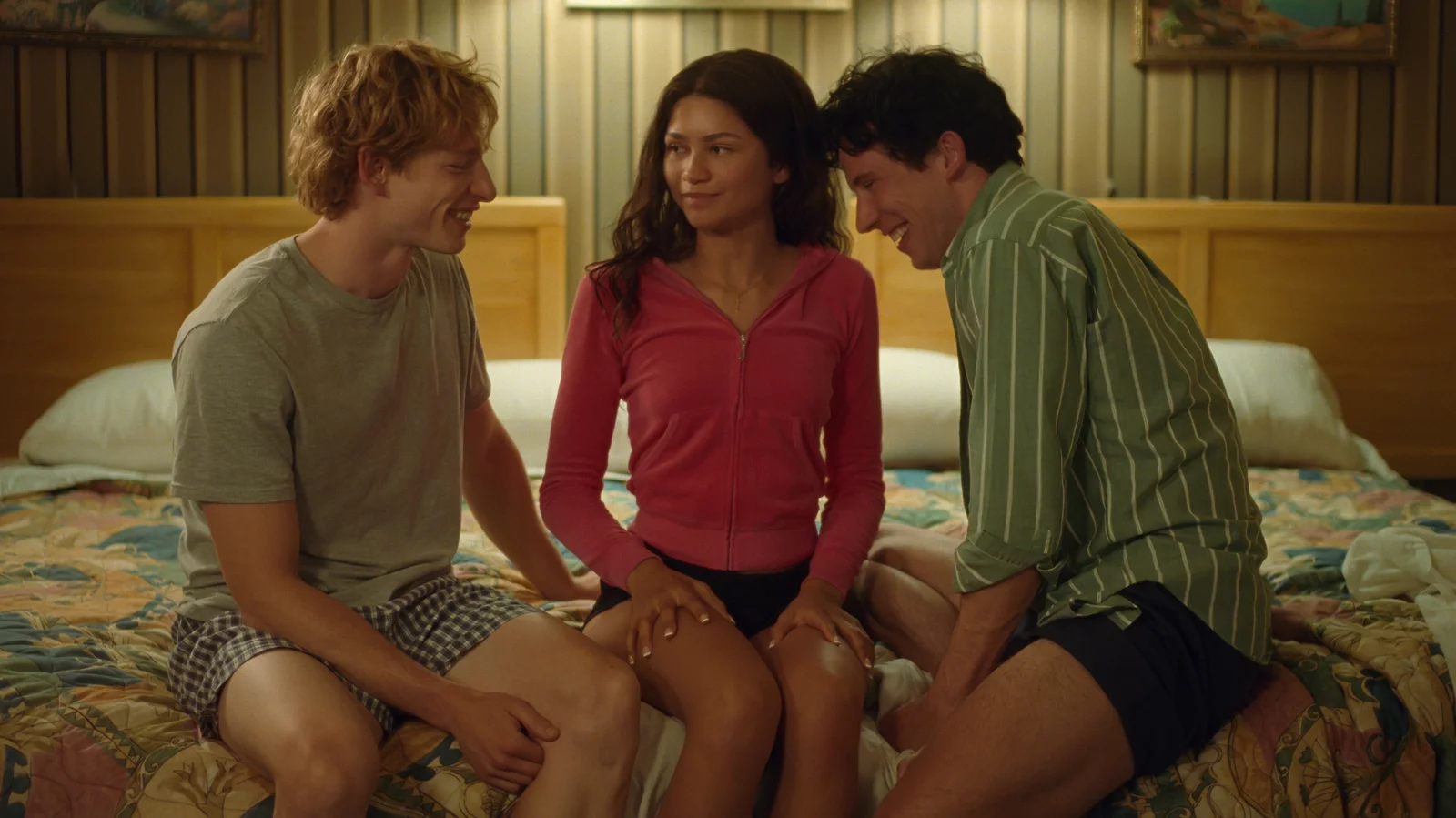Editorials featured in the Forum section are solely the opinions of their individual authors.
I have a major bone to pick with the current state of romance novels. No, it’s surprisingly not the prevalence of smut (cheekily renamed “spice”) in every contemporary romance on Barnes & Noble’s front tables. It’s the way they’re marketed, blurring the line between pornographic novels and non-adult romantic content. This is detrimental to underage readers and has really started to aggravate me. Most of it comes down to the books’ covers.
It’s no secret that erotic romance novels have been written and circulated for decades, gaining a new wave of popularity with social media’s marketing powers. There’s nothing wrong with reclaiming sexuality and creating the media you want to consume, especially since many are written by women about idealized and genuinely (debatably) good male partners (who, let’s face it, don’t always exist off the page). But the swoon-worthy, R-rated, and overwhelmingly heterosexual erotic romances are no longer recognizable by their merchandising, and I think “BookTok” is only part of the blame.
Picture this scenario. You walk into a bookstore, you enter the romance novel section, and you see one type of cover — a strapping, shirtless Adonis (bonus points for a cowboy hat or sunset field in the background!) and a swooning damsel in distress. These so-called “clinch covers” were the holy, forbidden grail in the 1970s and 1980s, designed specifically so Playboy romances could stand out on bookshelves as the sexual material they were.
They’re definitely something to cringe at, and I understand the desire to dispose of them. Why would you want to read a novel in public where anyone sitting across from you can see the anatomy of the main characters on the front cover? But they made it easy to know what you were getting into when you saw it in that bookstore. Now, enter BookTok: the bane of my existence.
A required anecdote from my winter break that still haunts me: my younger sister brought home “Icebreaker” by Hannah Grace from Target. I saw the book in her hands and immediately stopped in my tracks. (To be fair, she’s almost 15 and I’m overly protective. She’s an intelligent free thinker who can read things above a young adult level. However, I’m an older sister, and freaking out over that entire previous sentence is my job.)
“Why do you have ‘Icebreaker?’” I asked.
“Because I saw it on TikTok and the cover looked cute.”
Cue my groan.
For those of you who have no clue what this book’s cover looks like, it’s wholly innocent — two main characters drawn in a 2D art style, smiling at each other on an ice rink. You’d never expect the characters to get down and dirty before page 100 because the cover looks like it’s marketed for middle grade. This is a worrisome trend I’ve been noticing for months, and it’s because they make it “acceptable” to read erotica in public. There’s no way around that, and hats off to whoever decided to normalize it, I guess.
If I saw someone on the bus reading a book with a bright blue cover and an illustration of two people on a beach, six feet apart, I wouldn’t even blink. But they’ve made these novels indiscernible from pornography to the point where it’s bleeding into how books are advertised and discussed on social media, and causing a required Google search for content warnings. I’m not intending to infantilize everyone under 25, or even 18, but I think deceptive marketing will always annoy me, especially when it seeps into reading and the inherent consumerism tied into the hobby.
TikTok has provided a huge platform for readers and writers alike, and I don’t have a problem with that. My main issue is making it impossible to tell what you’re reading based on how reviewers and book accounts talk about these novels. I can’t tell you how many times I’ve just seen a cartoon book cover and a list of tropes like “grumpy x sunshine” or “workplace-enemies-to-lovers” as the sole advertisement for a new romance. Then I open the comments to immediately see “How many [chili pepper emojis]?” or “Is it spicy?” and I mourn marketing books properly based on their content.
Again, not shaming anyone! If smutty golf novels with a bad boy putter and his loyal fangirl are your thing, read away. The issue I have isn’t the pornographic material. It’s the marketing of each novel as a list of cutesy tropes and one-dimensional characters in a pretty little pastel-cover package to pass off kink as a novel that should be commodified on the front shelf of every bookstore — prime for young people or the sex-averse to see and not realize what they’re getting into. It’s a silly bone to pick, but I’m picking nonetheless. At least Nicholas Sparks’ readers picked up his books with intention.






Leave a Reply